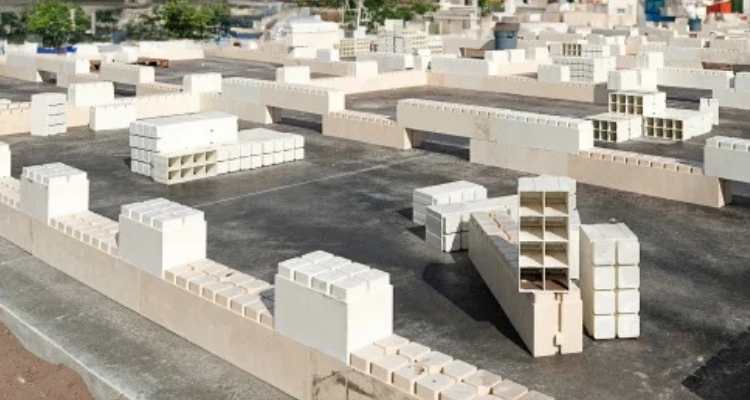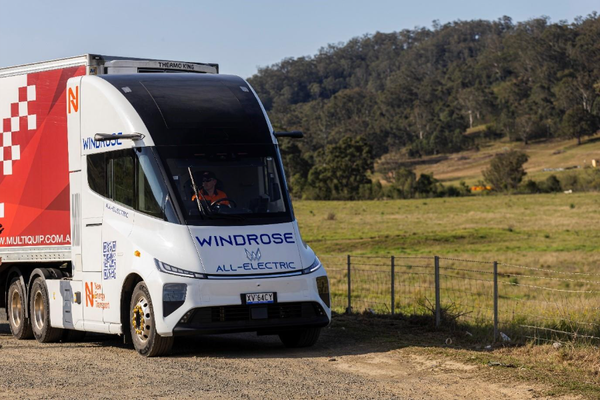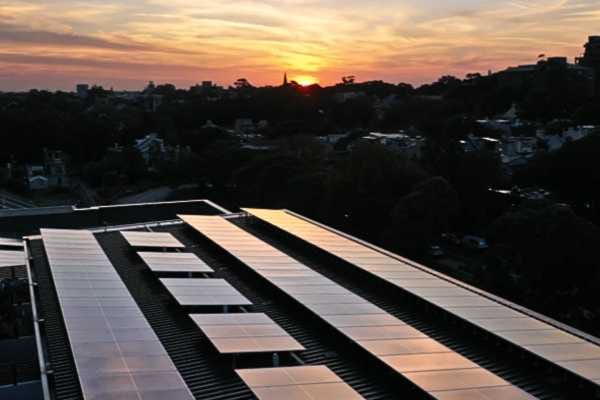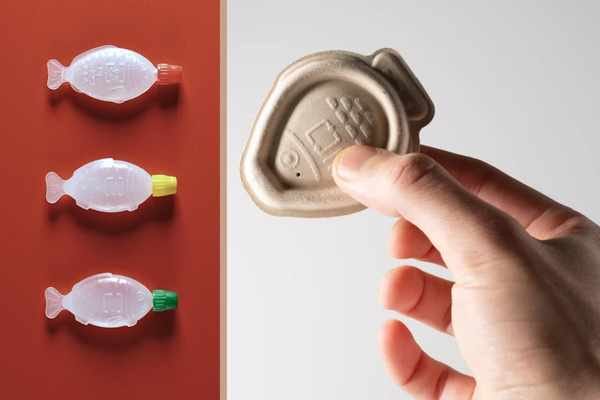3D printed homes for Dubbo
Trailblazing construction methods and materials are in the spotlight as housing pressure and climate uncertainties mount.
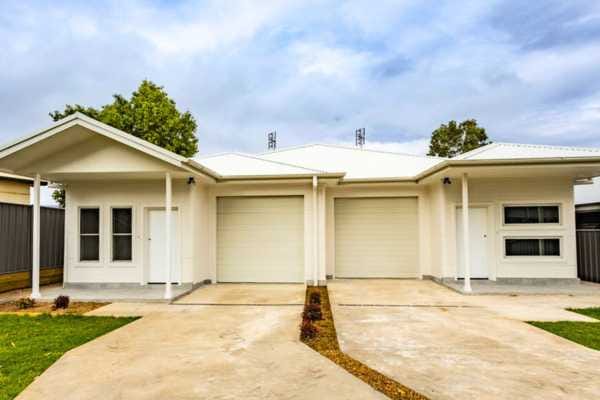
Two 3D-printed duplexes have been completed on Wiradjuri Country as part of a government-backed initiative for faster, more sustainable housing.
The NSW Government has pledged to invest $10 million in a Modern Methods of Construction program to demonstrate ways to deliver permanent social homes faster with a focus on sustainability and waste minimisation.
As part of this mission the program will explore prefabrication, off-site manufacturing, and modular or volumetric dwellings, along with new technologies such as 3D printing, robotics and artificial intelligence (AI).
Home 3D printing technology, which extrudes layers of specially formulated concrete to form entire structures, has been hailed by advocates for its speed and efficiency, reducing the offcuts and surplus materials associated with conventional construction.
Dubbo’s new 3D-printed homes were built in just 20 weeks which is about half the standard construction time according to the government, and future tenants will be Aboriginal social housing residents.
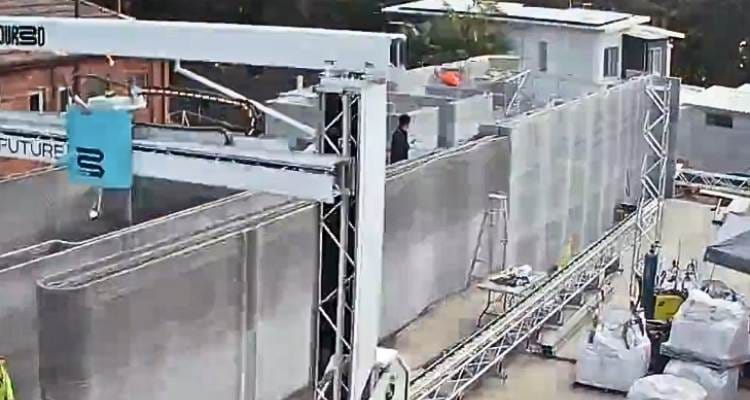
The two-bedroom dwellings were delivered last month through a partnership between Aboriginal Sustainable Homes (ASH), 3D construction firm Contour3D, and the NSW Aboriginal Housing Office.
ASH director Brad Draper said: “It is the first social and affordable 3D printed house. What's probably more astonishing for people is it's being brought, this new technology to the industry, by an Aboriginal company.”
The buildings and construction sector is by far the largest emitter of greenhouse gases according to the UN, and accounts for about 37% of total global emissions. The production and use of carbon-heavy materials such as cement and steel contribute a substantial part this.
"It is the first social and affordable 3D printed house. What's probably more astonishing for people is it's being brought, this new technology to the industry, by an Aboriginal company."
While progress has been made in cutting ‘operational’ carbon emissions from heating, cooling, and lighting buildings, experts say removing carbon from the ‘embodied’ emissions of building processes and materials has remained elusive.
According to Contour3D, one of the most critical advantages of 3D-printed construction is speed. “We can decrease build time compared with traditional construction methods, providing homes to those in need much quicker,” group general manager Shayne Jessiman said.
"We just want to keep pushing forward; we want to be the disruptors in the construction industry. It is the last industry to be automated."
The company says the duplex will also have higher thermal energy ratings and produce significantly less waste.
Minister for Housing and Homelessness Rose Jackson said the success of the trial showed what was possible when innovation was applied to social infrastructure.
“This is just the beginning. The success of this pilot proves 3D-printing can help us build quality homes faster, particularly in regional and remote areas where demand is high,” she said.
Modular moves
Modular and flatpack construction is another alternative flagged by the government with potential to offer a faster, cleaner alternative to traditional construction – especially when recycled or bio-based materials and composites are incorporated into the process.
Australian modular home builder Ecoliv has developed a range of modular home and social housing solutions which it says have potential to ease the housing crisis by combining energy-efficient building practices and design with the use of ethically sourced materials.
“Because prefab homes are built with efficiency in mind, there’s significantly less material waste compared to traditional construction,” the company says. “These homes are not just an alternative to traditional builds – they are setting new standards for quality, design flexibility, and environmental responsibility.”
Australian modular housing business Prefabulous has also partnered with solar glass maker ClearVue on a net-zero prefabricated housing trial.
The pilot project's prototype will be called 'FabZero' and will aim to achieve a net-zero energy footprint, supporting the sector's sustainability goals while also tackling the housing crisis.
Modular housing can also incorporate fire-resistant materials according to researchers at the University of Melbourne, safeguarding homes and reducing the environmental impact of disaster relief efforts.
Building blocks
Alternative construction materials are also emerging in the drive to tackle the hefty carbon footprint of traditional concrete. While some concrete makers have sought to reduce the proportion of carbon-intensive cement needed in blends, others are looking to eliminate concrete altogether.
Nu-Rock Australia is a company that specialises in transforming industrial and domestic waste into building products, and was last year named as an AFR Sustainability Leaders winner in the Property and Construction category.
Nu-Rock blocks, bricks and pavers have been used in a variety of Australian construction projects for the past 20 years in homes, commercial buildings and even a large-scale waterfront residential development.
The core of Nu-Rock's innovation is found in its non-Portland cementitious technology (NPCT). This converts waste materials such as coal ash, steel slag, and red mud into 'formulated rock’ which its maker describes as a carbon-negative alternative to traditional masonry products.
Nu-Rock's range of blocks, bricks, and pavers contain up to 98% recycled content and have been shown to absorb more CO₂ than they emit during production, according to the company.
The company also says its manufacturing process only uses about 3% of the energy required for traditional clay-fired bricks or concrete blocks while demonstrating higher strength, better thermal insulation and resistance to salt, acid, and fire.
Another creator of cement-free building blocks is Turkish-American company Renco which has won plaudits for its lightweight ‘Lego’ style moulded blocks that interlock during construction.
"Renco makes building more affordable because it uses recycled materials and follows colour-coded plans like a LEGO set, so there is no construction waste and projects are completed in less time."
Renco was a winner of the materials category in Fast Company's 2024 Innovation by Design Awards, and its blocks blend repurposed glass fibres, recycled plastic and resin with stone to form a composite material.
Renco describes its MCFR blocks as “stronger than concrete and rated to withstand a Category 5 hurricane” along with a simpler construction process that allows for faster building assembly.
“Renco makes building more affordable because it uses recycled materials and follows colour-coded plans like a LEGO set, so there is no construction waste and projects are completed in less time,” the company said.
After completing multiple projects in Turkey, the company said it's expanding its US presence where it's currently building a 60,000-square-foot manufacturing facility.
